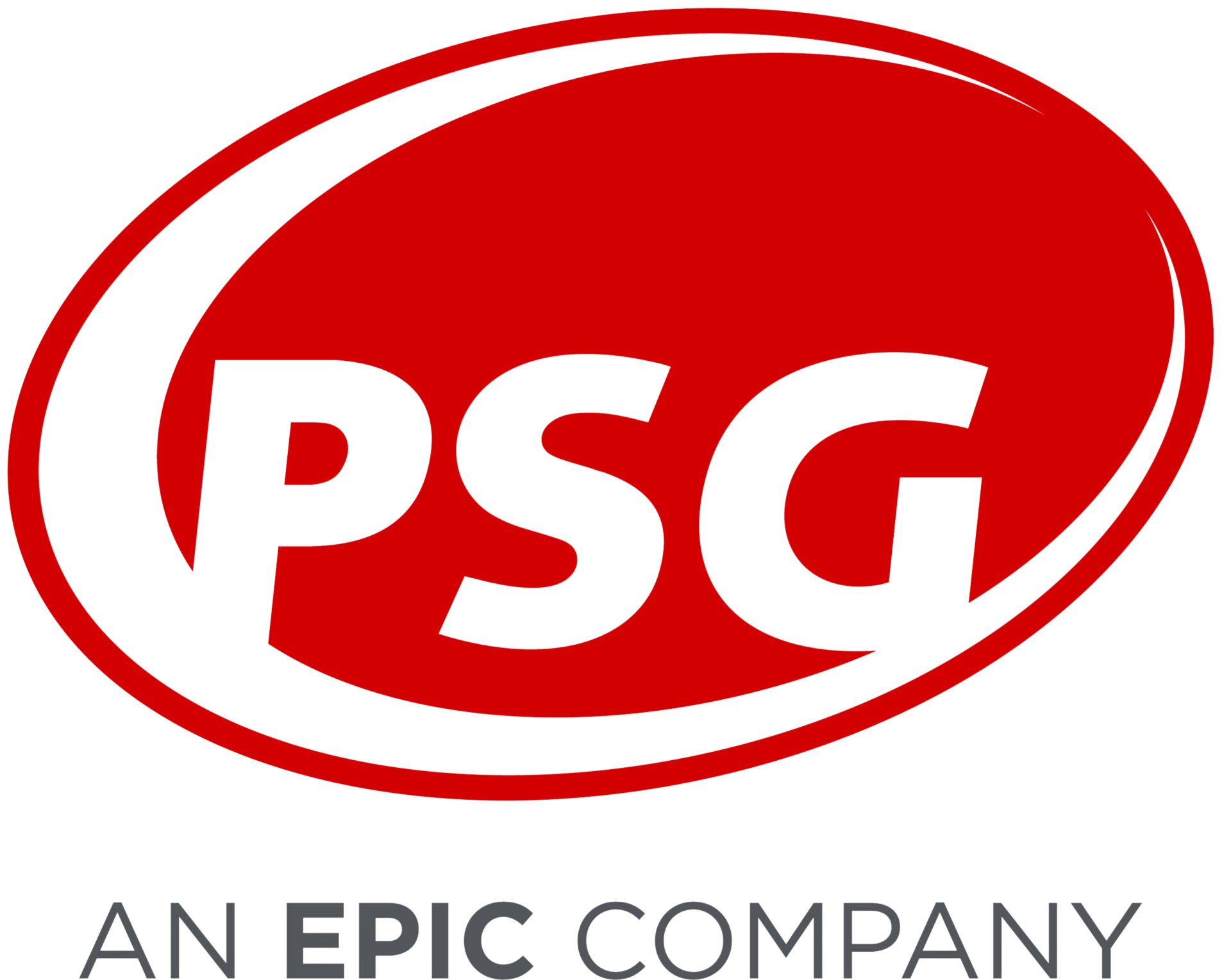Breakthrough multi-million dollar therapies for sickle cell disease approved by the FDA
Posted on December 12, 2023
Sickle Cell Disease
Sickle cell disease is an inherited blood disorder that impacts over 100,000 people in the United States and is most common within African American populations. With this disease, a mutation of the hemoglobin protein in red blood cells causes a restriction of blood flow in vessels and limits the delivery of oxygen to the body’s tissues. This leads to vasco-occlusive events (VOEs) and vasco-occlusive crises (VOCs), which can cause severe pain and organ damage. Repeated events or crises can lead to life-threatening disabilities and/or early death[1]. One study found that patients with sickle cell disease had an average life expectancy of about 53 years, more than two decades less than the U.S. average[2]. Until recently, the only known cure for sickle cell disease was a bone marrow transplant, which presents possible difficulties finding a donor match and the risk of immune system rejection.
Breakthrough Gene Therapies
Given this information, it is unsurprising that the science community and patient families applaud the FDA’s approval of two potentially game-changing treatments for sickle cell disease. On December 8, 2023, the FDA approved both Casgevy and Lyfgenia. Both Casgevy and Lyfgenia are autologous hematopoietic stem cell-based gene therapies indicated for the treatment of sickle cell disease patients aged 12 or older. Casgevy is a genome edited therapy designed for patients with recurrent VOCs, while Lyfgenia is intended for patients with a history of VOEs.
In clinical trials for Casgevy, 94% of patients reached clinical outcomes defined as not experiencing any protocol-defined severe VOCs for at least 12 consecutive months within the first 24 months of treatment. In clinical trials for Lyfgenia, 94% of patients experienced an elimination of severe VOEs, and 88% experienced a complete resolution of VOEs between 6 and 18 months after infusion[3]. It should be noted that both studies were conducted on small patient populations, 31 and 32 patients, respectively, for Casgevy and Lyfgenia.
Patient Considerations for Sickle Cell Disease
While these new drugs offer promise to patients with sickle cell disease, the process for administration is complex, long, and intensive. Patient stem cells are collected and modified. Patients must then undergo high-dose chemotherapy to remove cells from the bone marrow so they can be replaced with the modified cells. Patients receive the one-time IV infusion of edited cells, which will result in pumping out healthy hemoglobin. They must remain in the hospital until their immune system completely recovers. The hospital stays are expected to be lengthy, weeks to maybe even months. Additionally, the administration of the drugs is done at designated treatment centers, of which there are a handful across the U.S., so patients and families may have to travel to a qualified center for this complex process.
Healthcare Payer Considerations for Sickle Cell Disease
In the past several years, the U.S. has seen an emergence of FDA-approved, one-time cell and gene therapy treatments. Therapies such as Casgevy and Lyfgenia have the potential to be life-altering, not just for patients but also for the families and communities who support them. Payers are closely monitoring these two treatments due to their high cost and larger potential candidate population compared to previously approved gene therapies. Casgevy is expected to cost $2.2 million, while Lyfgenia is expected to cost $3.1 million.
Bluebird, the manufacturer of Lyfgenia, stated that it was offering meaningful risk-sharing options through outcomes-based contracting over a three-year period[4]. The therapy is expected to be available in early 2024 through Bluebird’s network of Qualified Treatment Centers (QTCs). Similarly, Vertex and CRISPR Therapeutics, the manufacturers of Casgevy, are establishing a network of Authorized Treatment Centers (ATCs) and expect availability in March of 2024[5].
Payers may be concerned about coverage of these new treatments for sickle cell disease given their cost of $2-3 million per patient, the small number of patients in the clinical trials, and the lack of long-term outcomes data since the therapies are very new. It should be noted that not all patients with sickle cell disease will qualify for one of these gene therapies. Most likely, the initial eligible patients will align with those included in the clinical trials. Each clinical trial had different qualification and exclusion requirements, including VOEs or VOCs history. Payers and clinicians will evaluate eligible patients and current success with what is already available for treating and preventing VOEs and VOCs. When considering the high price tag for these new gene therapies, questions remain regarding the longevity of their outcomes and how much clinical benefit they provide.
Contact us to learn more about how you can manage the benefit complexities of covering cell and gene therapies going forward.

